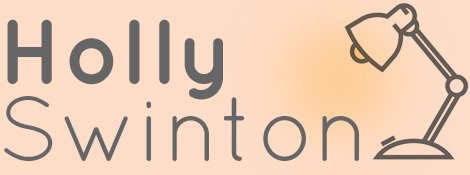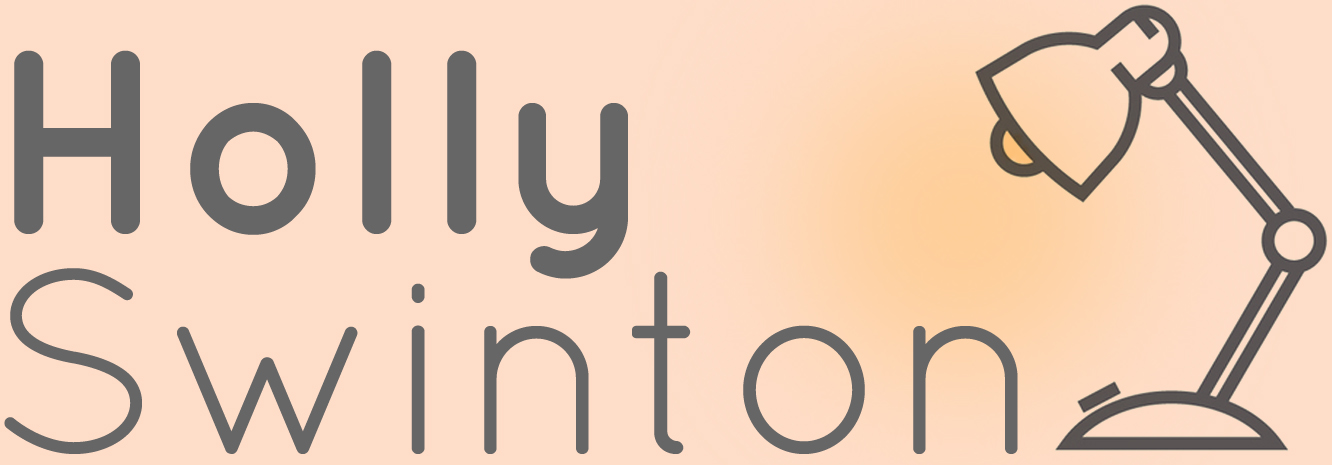Does your child/teen’s thumb start to creep over when they write? It’s worth having a check. This is a very common adaptation, which teachers tend to ignore.
So why worry? Well, if the thumb creeps over then it locks down the fingers so that they can’t move to form the letters, instead they have to move their whole hand and wrist to write. This is ok if you’re six and writing for five minutes at a time, but tends to lead to a world of pain during GCSEs and A-Levels.
So what can you do? Crafts, lego, construction, mechanics and musical instruments are all great. Fiddling with firm blue theraputty can build finger strength and dexterity whilst they watch TV/youtube or sit in the car. Try lemon essential oil if it gets stuck somewhere (this can also get sharpie off anything).
Often it’s not only ‘lazy’ fingers that need training. Click here for my post about 22 chores that double as handwriting practice, working different essential muscles.
But, even once you have resolved the original reasons they adopted this inefficient grasp, you still need to break the habit. To do, this I think the easiest thing is the right pen grip to support and retrain the fingers, stopping the thumb from creeping back over as the fingers/hand/wrist/shoulders/neck fatigue. Much less stress than nagging.
Now, I love, love, love pen grips! That’s probably because I used to and continue to find handwriting really hard. So I have become obsessed with unravelling this very common and very knotty problem, even serving on the executive committee of the National Handwriting Association.
When you unpick it, handwriting is the hardest thing most of us ever learn to do, harder than learning to drive a car. And yet most teachers learn nothing about it in teacher training!
So which pen grip? Well, there are as many great pen grips as there are handwriting problems and I have recommended probably 40 different types over the past decade working as an assessor and tutor for children with dyspraxia, DCD, dysgraphia, dyslexia, Aspergers, dyslexia, ADHD, sensory processing disorder, twice-exception (2E) and neuro-typical kids. But there’s one magic grip that suits 90% of the kids that I see.
That’s where the Cross Guard Pen Grip comes in (sometimes called the Crossover). Here’s my review:
What is it? A squishy grip that helps to develop an efficient pen hold.
Cost: ~£1.09 each. The cheapest and best quality I have found are from www.tinknstink.co.uk Some other companies are really expensive or sell a hard rubber version, which isn’t nearly as nice as these silicone ones.
Ideal for: children, teenagers and adults (if your kid is in primary school I would advise buying a big pack (e.g. £11 for 12 grips) so that you can give the spares to their class teacher to give out to pupils. That way pen grips become normal (even desirable). If they are older, you might want to save it for home)
Fun factor: One star (Not very fun at all, but nice to fiddle with. I suppose you could draw or stick eyes on it, if you’re desperate!)
Educational value: Five star
Longevity: Two stars (Best used as a short-term measure, but they can be helpful long-term, for longer pieces of writing)
Good points:
– Cheap
– Comfortable (for most children)
– Works for right- and left-handers
– Nice range of colours (including metallics and neons)
Bad points:
– Not right for everyone
– A few people don’t like the texture, so might prefer the harder, ergonomically-designed Grotto Grip
– Not a magic bullet –your child might need more specialist help from an amazing occupational therapist
In a nutshell: If your child struggles with handwriting and you don’t know where to start, this is normally a wise place. However, handwriting is a complex task, so don’t expect a complete end to writing woes.
Sometimes you might need to just switch to a touch-typing and accessible technology. Here’s my guide to better spelling via touch-typing and free touch-typing software for families of NHS workers. An assessor like me can recommend that this becomes their normal way of working and how they take exams. Or if they need a scribe, dictation software or predictive text in exams.


